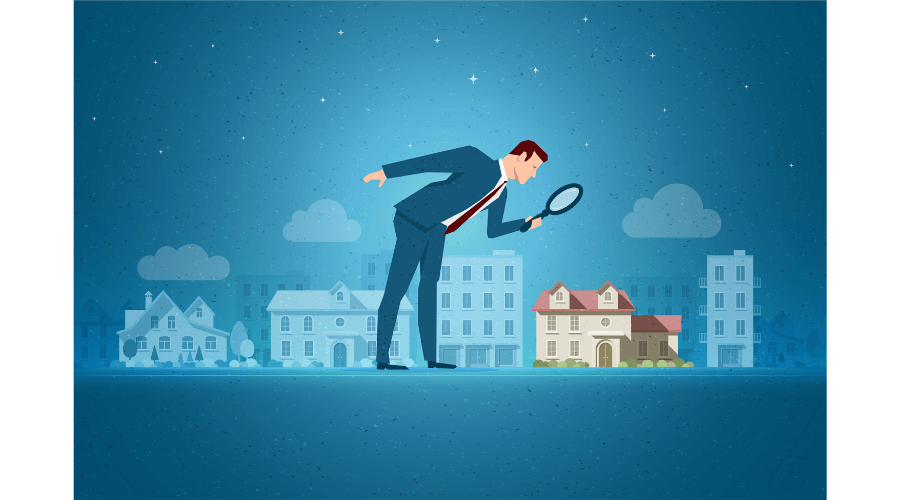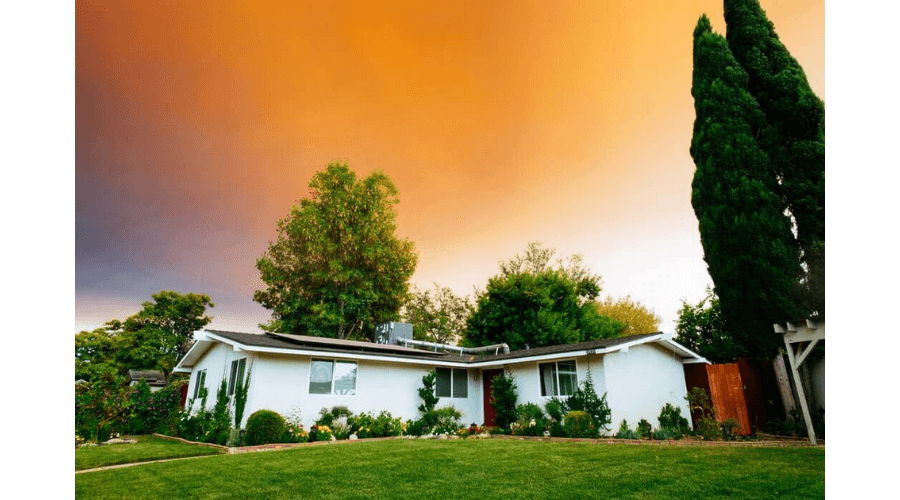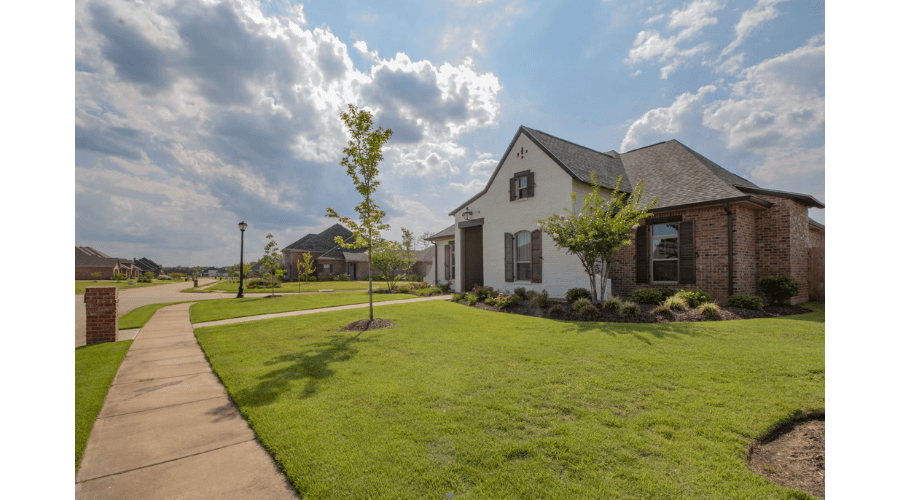Calculating Your Property Investment Returns: A Step-by-Step Guide
Anyone can be a property investor.
Whether you’re looking to generate a bit more cash on the side of your 9-5, or looking to retire completely, property investing is certainly an option for everyone.
But that doesn’t mean it’s always easy. In fact, property investing can be quite the opposite at times.
Learning the ropes takes time and effort.
Knowing how to invest requires understanding what sort of return you will need for your property. This may be a matter of figuring how to break even at first, then profit as quickly as possible.
What is ROI?
ROI is a financial metric used to evaluate the profit of an investment. It measures the return generated from an investment when compared to the initial cost. It’s typically expressed as a percentage or a ratio.
This means ROI isn’t specific to poverty investing, but any sort of avenue where your savings may be invested.
So how does someone relatively new to property investing start to calculate their property investment returns?
How to calculate ROI?
Thankfully, figuring out your current ROI or what you need to acquire all comes down to a relatively simple calculation.
There are a range of property ROI calculators out there, but all that’s needed is a simple calculation.
ROI = (Net Profit / Cost of Investment) x 100
Not sure what this really means? Let’s break it down further.
Net profit is the amount you make, or potentially could be making from the property. This includes the rental income and any equity in the property.
Make sure you subtract any expenses involved in owning the property, such as maintenance, fees, rates etc. This total is the net profit for the purpose of the equation , but also referred to as cash flow. We’ll talk more about cash flow a bit later.
The cost of investment is exactly that: the amount you paid, or could potentially pay for the property.
Divide that former figure by the latter. Then multiple that figure by 100 to express it as a percentage
For example, if the annual net cash flow is $10,000 and the initial investment is $200,000, the ROI would be 5% ($10,000 / $200,000 x 100).
Simple as that!
However, it’s a bit more complicated when it comes to actually maximising that net profit and minimising the costs of investment to see significant growth in the return on the investment.
Analysing cash flow: causes and concerns
Conducting a cash flow analysis can be really important for new investors to understand the income generated and the costs of owning the property (i.e. the two factors considered in the net profit calculation above).
This allows an investor insight into the potential return of the investment, which is critical for predicting the financial viability of a possible property purchase.
We’ve provided some of the critical considerations when conducting a cash flow analysis, as well as how to maximise return in each of these areas.
Rental Income: The biggest driver of cash flow is the amount of income you generate from tenants paying rent in your property.
Predicting the potential rental income that a property may produce can be tricky for any new investor.
It involves researching the local rental market and analysing the rental rate trends for similar properties within the area.
This might require going out and talking to local real estate agents and exploring rental listings online. Things to look into include:
- Vacancy rates
- Rental demand
- Potential rental increases over a period of time
- Consultation with local professionals (real estate agents, property managers, financial advisors, etc).
Getting an idea of how much the property is important when trying to predict cash flow and look at ways to maximise ROI.
Increasing rental income is something that the most experienced investors will aim to master, as a way to further increase the ROI. Some quick tips include:
- Improving the condition of the property
- Know what amenities and features of the property are in high demand by tenants (for example: air conditioning in warmer areas, pet-friendly buildings/areas, access to a gym or pool)
- Conduct regular evaluation of rent to ensure they are in line with the current market
- Look out for tenants that are reliable and likely to care more for the property.
- Listen to your tenants and try to accommodate their needs so they are more inclined to renew the lease.
Minimising Expenses: The other factor in the equation to determine cash flow is the expenses associated with owning the property.
These expenses are subtracted from the rental income, so minimising these costs can really benefit the projected cash flow.
The key costs to look out for include:
- Property taxes
- Utilities
- Insurance
- Property management fees (for when employing a professional to manage the property on your behalf)
- Any maintenance costs to ensure the upkeep of the property
When calculating these expenses, it’s important to be thorough and account for all possibilities.
There are no real set rules when eliminating these costs. It really comes down to minimising them where possible; This includes:
- Regular maintenance to ensure that issues don’t turn into costly repairs. This means keeping a close eye on the property for those small problems and listening to tenants.
- Consult with tax professionals to ensure you’re benefiting from every available tax reduction that comes with owning a property.
- Start thinking about recycling programs and ways to minimise the costs associated with waste disposal.
- Consider water and energy saving options, such as solar, lED lighting, water tanks and low-flow toilets and showerheads.
Financing Costs: Another cost that may be impacting cash flow could be the monthly mortgage payments, interest and other financing costs.
In analysing potential cash flow you’ll also need to take into account the following:
- down payment for a mortgage
- interest rates on the mortgage repayments
- loan terms
- any additional fees or charges associated with the financing.
There are a range of ways to minimise these costs, including negotiating and comparing loan terms and minimising the impact of rising interest rates. This can be done through:
- Save reserve finances for when you feel the pinch of interest rates
- Borrow under capacity
- Buy in the right areas (there are still plenty of areas where property will continue to rise despite interest rates rising)
It might also be a good idea to look into some options to minimise the cost of the deposit, or rid yourself of this cost completely, as discussed in the video
The bottom line
By conducting a cash flow analysis, property investors can determine the potential income and expenses associated with the investment property.
This method allows a new investor to determine the property’s profitability, evaluate different investment options, and make informed decisions about buying or selling a property.
PREVIOUS
Mastering Your Money: Essential Financial Habits You Need...

 PK Gupta
PK Gupta







